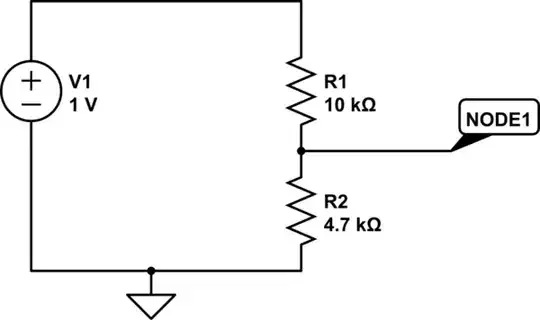I am using OrCAD/Cadence PSPICE Lite 16.6. I am trying to do a temperature analysis of a circuit. In particular a resistor.

simulate this circuit – Schematic created using CircuitLab
Now, the temperature is from -30 to 60 Celcius. I understand that knowing the ppm I can do a .model as shown below -
R9 N1 N2 R1 10K .model Rmod8 TC1 = 1.5E-3
The TC1 - denotes the ppm (1500ppm). Now, the resistor als has a random tolerance of 1%. How do I give that ? Like a range. And at each temp ( from -30 to 60) the random tolerance of 1% exists. How can I implement that in PSPICE code ?
Also, if I dont need to use the TC1 approach(i.e through a .model), how can I do it through a mathematical formula. In other words -
Ta -room temp, Tt - temperature under study(from -30 to 60) TCR - ppm property of resistor Ra - resistance at room temp Rt - resistance at Tt.
Now, the formula for Rt = {Ra*(TCR*(Tt - Ta))/10^6}. I tried implementing this using the .param command as shown below -
.param R1 1000 .param R1t_temp = {R1*(TCR*(Temp - Ta)/1000000)} R8 3 5 R1t_temp .Dc lin Temp 28 60 2
So, I am doing a DC sweep analysis of temp - from 28 to 60. But, there is an error as the R1t_temp value obtained from the .param is not put in the R8 3 5 R1t_temp.